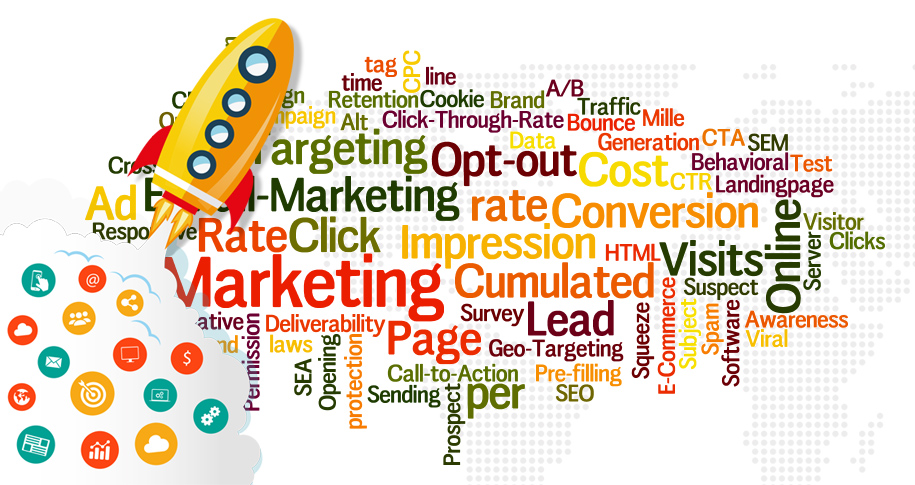What Is Geotargeting?
Geotargeting is a digital marketing strategy that involves delivering content, advertisements, or other online services based on the geographic location of the user. By using tools like IP addresses, GPS data, or Wi-Fi networks, marketers can tailor messages to specific locations, whether it’s targeting users in a particular country, region, city, or even a specific area within a city. Geotargeting helps create personalized, relevant experiences for users, improving engagement and increasing the chances of conversion.
Why Geotargeting Is Important
- Improves Relevance
Geotargeting enables marketers to show the most relevant content or offers based on a user’s physical location. This personalization increases the chances that the user will find the message useful and take action. - Enhances Customer Experience
By providing location-specific content, offers, or recommendations, geotargeting enhances the user experience. For example, a restaurant can target nearby users with a special promotion or offer. - Boosts Local Sales
For businesses with physical locations, geotargeting can be used to drive foot traffic. Localized ads and promotions can increase awareness and encourage users to visit a nearby store or office. - Increases Conversion Rates
Users are more likely to engage with and convert on content that speaks directly to their needs, interests, and location. For example, a travel agency can offer tailored vacation packages for specific regions, increasing the likelihood of a booking. - Optimizes Ad Spend
By targeting specific geographic areas, marketers can avoid spending money on irrelevant audiences. For example, an online retailer that only serves certain countries can focus ad spend on users in those regions, ensuring better ROI.
How Geotargeting Works
- GPS Data
GPS data is one of the most accurate ways to determine a user’s location. Mobile apps and devices use GPS to provide users with location-based services like directions, nearby restaurant recommendations, or location-triggered advertisements. - IP Address
Geotargeting can also be achieved by tracking a user’s IP address. This method is less precise than GPS data but can still provide a general idea of where a user is located. This is commonly used in online advertising and website personalization. - Wi-Fi Networks
Wi-Fi networks, especially those in densely populated areas, can be used to identify a user’s location. When users connect to Wi-Fi networks, businesses can use that information to serve location-specific ads or promotions. - Beacon Technology
Beacon technology uses Bluetooth signals to interact with nearby mobile devices. This is commonly used by businesses with physical locations to send real-time promotions or notifications to users who are in close proximity.
Benefits of Geotargeting
- Personalization
Geotargeting allows businesses to tailor messages to specific regions, increasing the relevance of the content or promotion. This level of personalization can lead to higher engagement rates. - Increased Engagement
When users are presented with content that is relevant to their location, they are more likely to engage with it. For example, users may respond positively to an offer for a nearby event or store promotion. - Better Analytics
Geotargeting provides valuable data that marketers can use to analyze regional performance. This allows businesses to adjust campaigns based on geographic performance and preferences. - Cost-Effective
By targeting a specific audience in a particular location, businesses can focus their marketing efforts on high-converting areas, improving ROI and reducing wasted ad spend.
Challenges of Geotargeting
- Privacy Concerns
Geotargeting relies heavily on collecting and using location data, which can raise privacy concerns. Businesses must be transparent about how they collect and use this data and ensure compliance with privacy laws. - Inaccuracies
Geotargeting is not always 100% accurate. For example, IP-based geotargeting may misidentify a user’s exact location if they are using a VPN or a mobile device with a fluctuating location. - Limited Reach
Geotargeting limits the reach of campaigns by focusing on specific geographic areas. This may not be ideal for businesses aiming to reach a broader audience or those with products that have national or global appeal.
Conclusion
Geotargeting is a powerful tool in digital marketing that allows businesses to reach users with highly relevant, location-specific content. It helps increase user engagement, boost conversions, and optimize marketing spend. While it presents challenges like privacy concerns and data inaccuracies, the benefits of geotargeting make it a valuable strategy for businesses with a geographically focused audience. When used correctly, it enhances the customer experience and improves marketing effectiveness.
